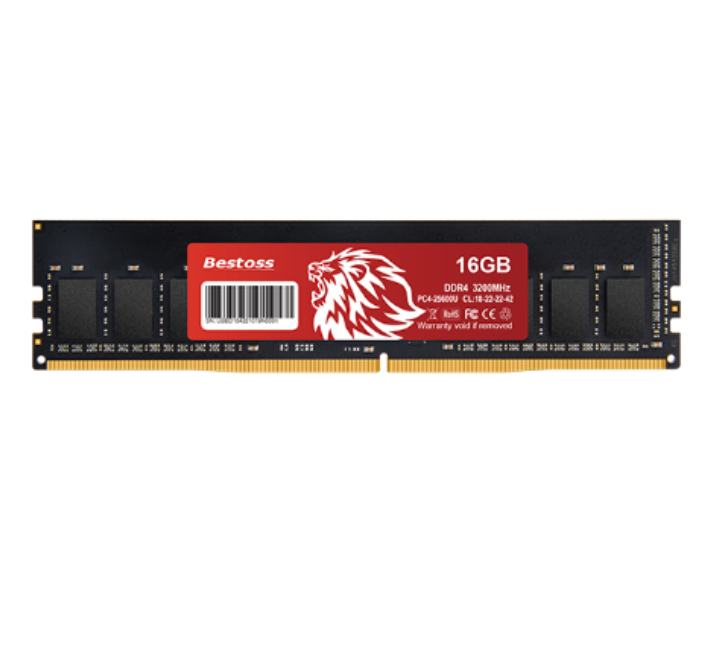
In today's fast-paced digital world, technology is constantly evolving, and computer memory is no exception. DDR RAM (Double Data Rate Random Access Memory) is a crucial component that directly impacts your computer's performance. If you're new to the world of DDR RAM and find yourself overwhelmed by the technical jargon, fear not! This comprehensive guide will break down the essential aspects of DDR RAM, providing beginners with a clear understanding of its significance and functionality.
DDR RAM, short for Double Data Rate Random Access Memory, is a type of computer memory used to store and access data at high speeds. As the name suggests, DDR RAM utilizes a double data rate, enabling it to transfer data on both the rising and falling edges of the clock cycle. This results in faster data transfer rates compared to its predecessors.
Over the years, DDR RAM has undergone several generations of advancements, each offering improved performance and efficiency. Let's explore the major DDR RAM generations:
DDR: DDR1, the first-generation DDR RAM, made its debut in 2000. It provided faster data transfer rates than the older SDRAM (Synchronous Dynamic Random Access Memory), making it a popular choice for early computing systems.
DDR2: DDR2 RAM arrived in 2003, featuring higher clock speeds and lower power consumption compared to DDR1. It became the standard choice for mid-2000s computers.
DDR3: Released in 2007, DDR3 RAM offered even higher data transfer rates and lower voltage requirements, reducing power consumption further. DDR3 became prevalent in computers around 2010.
DDR4: DDR4 RAM hit the market in 2014, boasting significant performance improvements, increased memory capacity, and reduced power consumption. It is the standard for modern computing systems.

DDR RAM operates by synchronizing its data transfer with the computer's clock speed. This synchronization ensures data is read and written accurately and efficiently. As the clock speed increases with each DDR generation, the RAM's data transfer rate also improves.
For example, DDR4 RAM, with its higher clock speeds, can transfer more data in a single clock cycle compared to DDR3, resulting in faster overall performance.
DDR RAM's high-speed data transfer capabilities have revolutionized computer performance. Its advantages include:
Improved Multitasking: DDR RAM allows your computer to handle multiple tasks simultaneously, providing a smoother user experience.
Faster Data Access: DDR RAM reduces loading times for applications and enables quicker access to frequently used data.
Enhanced Gaming Experience: Gamers benefit from DDR RAM's high data transfer rates, leading to smoother gameplay and reduced lag.
Productivity Boost: DDR RAM accelerates data processing for resource-intensive applications like video editing and rendering.
DDR RAM is the backbone of modern computer performance. Understanding its significance is crucial for optimizing your computing experience. From the first-generation DDR1 to the latest DDR4, each iteration brings greater speed, efficiency, and productivity.
As technology continues to evolve, DDR RAM will undoubtedly play an essential role in shaping the future of computing. Embrace this knowledge and make informed decisions when upgrading your computer's memory, empowering yourself to keep pace with the ever-changing digital landscape. DDR RAM is not just a technical term; it's a gateway to unlocking the full potential of your computing journey.